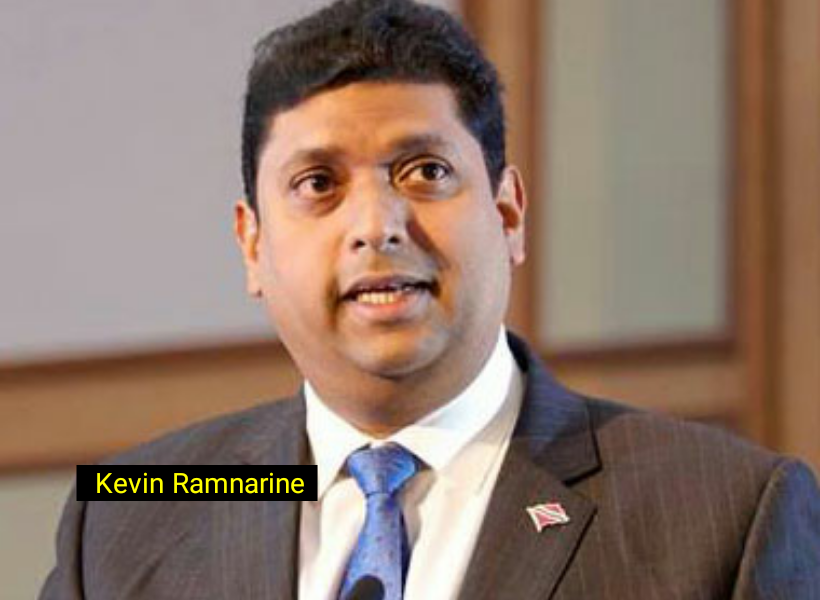When you examine the social, environmental, economic benefits to be had from the imminent gas-to-shore project, it is clear that Guyana has nothing to lose in the grand scheme of things. This is essentially the perspective that was recently proffered by former Minister of Trinidad and Tobago, Kevin Ramnarine during his participation at the Guyana Basins Summit.
There, Ramnarine said that the pursuit of the project would help Guyana in its goal to transition to cleaner sources of energy, reduce its carbon footprint and electricity costs for citizens, and serve as a catalyst of economic development.
The former Minister said, “…If you go around Guyana and you ask businessmen what is the number one obstacle to doing business they would say electricity from the aspect of cost and reliability…So the government has highlighted electricity generation as a high priority.”
He added, “Now, I have looked at it very carefully and this project can work economically and technically…In terms of Capital Expenditure, a rough estimate would be US$600 to 800M. But the economics of the project should not be looked at on a standalone basis.”
Ramnarine is of the view that if Guyana looks at the overall revenues to be had overtime from the Stabroek Block, Guyana is well-positioned to handle the costs of the project. “…So I think it can work and it should be supported…Once it happens, the price of electricity to Guyana would fall by 50 to 60 percent and I am told there are other efficiency gains that could be had from the side of transmission for the country,” the former Minister asserted.
Vice President, Dr. Bharrat Jagdeo has been a staunch defender of the project since the government announced its intention to move ahead with it last year. He had said that while it could cost Guyana US$500 to US$800 million depending on the size and design, only when it goes to tender will the government know the true cost.
Furthermore, the official had indicated that the gas project could help Guyana realize an electricity rate of six cents per kilowatt-hour along with a decline to three cents.
Whether the project would be fully government-funded or a public-private partnership arrangement, Jagdeo had said it is a no-brainer that there would be huge benefits for Guyana hence the administration it becomes a reality by 2024.













